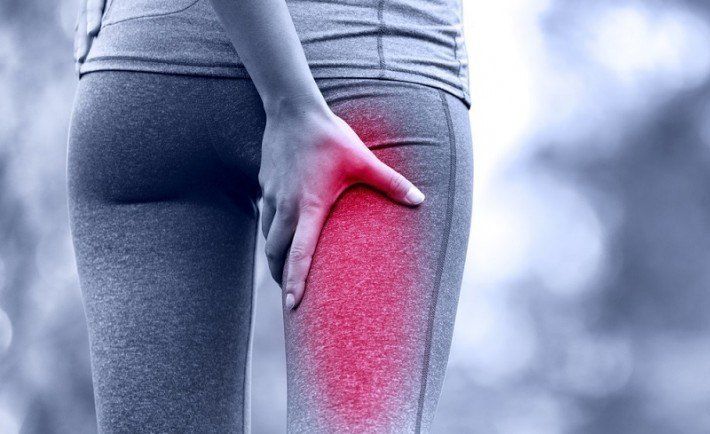Learning how to prevent hamstring strain is essential for athletes and fitness enthusiasts alike. By adopting the right warm-up routines, strengthening exercises, and recovery techniques, you can protect your hamstrings and maintain peak performance.
Understanding Hamstring Function and Importance
Understanding how to prevent hamstring strain begins with knowing the common causes and risk factors associated with these injuries. The hamstring muscle group is located in the rear part of the thigh and consists of the biceps femoris, the semimembranosus, and the semitendinosus muscles. Their basic function is to help the hip expand backward, to make the knees bend, and also help the tibia turn in connection with the thigh when it is bent. Hamstrings play a great role in the basic, everyday functions of our body along with other muscles. In specific, hamstring muscles are activated when we walk, run, stand up, lift an object, kick, ride a bicycle or jump.
In Pole Dancing, hamstrings are activated during our movement in the room, our climbing on the pole along with the grips or jumps that are performed on it, and during a performance in which our legs must be flexible.
Common Causes and Solutions for Hamstring Strain Prevention
When excessive pressure is put on them (abrupt stretching, strong and abrupt muscular contraction) they get injured. The injury of the muscular fibres is called rupture and it is divided as follows:
- 1st-degree rupture: it refers to a small percentage of muscles
- 2nd degree: A rupture in a big part of muscular fibers
- 3rd degree: A full rupture of the muscles.
The injury can manifest in the middle of the abdomen, in the peripheral myotenontia joint, or on the edge of the ischial tuberosity.
Predisposition factors
- Asynchronous muscle activation
- Lack of flexibility
- Muscle imbalance
- Poor warm-up
- Bad technique
- Muscle strain
- Poor recovery from a past injury
Diagnosis and Symptoms of Hamstring Ruptures
The athlete starts feeling acute pain or having a burning sensation in the hamstring area and he might even feel that something “has broken” in the injured area.
In the case of 1st-degree rupture, pain and stiffness may not manifest until the next day. Other symptoms include pain felt by touch and spasms all around the injured area.
Furthermore, pain can be felt while bending our knee while there might be a tactile deficit in 2nd and 3rd-degree cases. In such cases, the belated swelling and bleeding often manifest 24-48 hours after the injury.
How to Prevent Hamstring Strain: Key Strategies
- Appropriate warm-up.
- An adjusted program of strengthening exercises.
- Full recovery after each training to keep fatigue levels low.
- Correction of bad technique.
The R.I.C.E. Method: Essential First Aid for Hamstring Injuries
When injured, apply the R.I.C.E. method. It is a sequence of first aid which is shown below:
- Rest: We avoid moving the injured limb so as not to cause further damage
- Ice: It helps reduce swelling and bleeding. In parallel, it alleviates the pain, it reduces inflammation and muscle spasms.
- Compression: It puts pressure on the tissues and reduces swelling by limiting the cellular fluid flow in the area.
- Elevation: We place the limb a little higher than the level of the heart. The gravity reduces bleeding and inflammation while vein and lymphatic absorption are facilitated.
We should apply R.I.C.E. for the next 24 to 72 hours.
The degree and extent of the injury affect the time of application of the R.I.C.E. method. An expert should be in charge of the recovery process to reduce any chances of scar tissue formation. Scar tissue is accompanied by pain, it is a chronic condition and it increases the chances of a new injury.
Additional Resources for Hamstring Injury Prevention and Treatment
The Mayo Clinic provides in-depth information on hamstring injury prevention, its causes, symptoms, and treatments. If you are going through such a problem or if you have further questions, ask an expert to have optimum results.
How to Prevent Hamstring Strain: Epilogue
By prioritizing hamstring injury prevention and adopting appropriate treatment strategies, athletes can safeguard their muscles, enhance performance, and reduce the risk of future injuries. Remember to consult with a healthcare professional or sports specialist for a comprehensive understanding of your specific needs and to ensure optimal results. Take proactive steps to protect your hamstrings and enjoy a safe and successful athletic journey.








